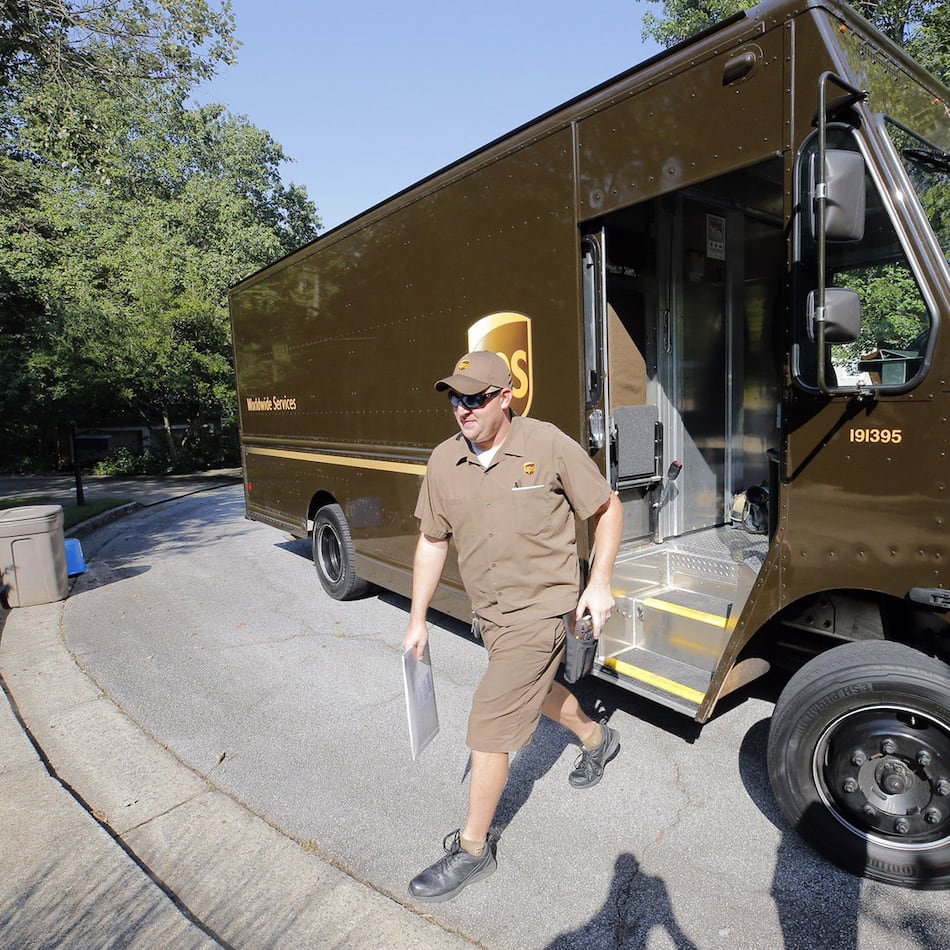The past few months have not been kind to the federal Bureau of Prisons (BOP). Aside from all the internal challenges, the BOP claims it does not have the resources to fully implement the First Step Act (FSA). The FSA requires BOP to place inmates (BOP calls them adults in custody) who earn time credits into prerelease custody, i.e. to residential reentry centers or home confinement. BOP asserts it doesn’t have enough residential reentry centers to house and oversee the adults in custody who are required to be placed in the community under the FSA. This is simply false. Not only is there available space, but if more space is needed, it is available.
Residential reentry centers are contracted residential facilities that provide a structured, supervised environment that supports returning citizens in their transition back to the community as they near their release dates. These centers help ensure people are prepared to be successful in the community by providing employment counseling, job placement, financial management assistance, medical and mental health support, and other programs and services. The BOP contracts for and provides oversight over 154 individual reentry center locations across the United States. These facilities are also responsible for the monitoring of individuals who are placed on home confinement under the custody of the BOP.
Credit: Handout
Credit: Handout
Credit: Handout
Credit: Handout
The First Step Act requires the BOP to ensure there is sufficient space for eligible adults in prerelease custody. Specifically, the FSA states: “The Director of the Bureau of Prisons shall ensure there is sufficient prerelease custody capacity to accommodate all eligible prisoners.” The BOP was not given the latitude under the law to not have sufficient space. Shall means must.
BOP’s website shows that as of Nov. 7, the population of these facilities was 8,325 in reentry centers and 5,015 on home confinement. BOP reported that it has 10,553 contracted RRC beds and approximately 4,000 “beds” under contract for home confinement.
Based on this data, BOP clearly has existing space in reentry centers (more than 2000 empty beds — 20% of the contracted capacity). BOP’s Office of Public Affairs, however, has stated that much of the available capacity is not in areas where it has a need for additional beds. BOP tried making this argument in court and lost. In a recent case, the BOP had delayed a reentry placement because there was no space available near his home. The court ruled that lack of bed space is not an excuse for not placing someone in prerelease custody in accordance with the FSA.
Even if BOP does lack space where it is needed, there actually is capacity in existing reentry center contracts that BOP is not taking advantage of. Discussions with numerous RRC providers indicates that it has additional capacity available in these programs to house more people in prerelease custody. The BOP simply needs to request a contract modification, and those facilities with space will gladly agree to the terms.
On the home confinement side, it appears BOP has exceeded the contractual capacity of its contracts. But there is flexibility built into the system that BOP is not reporting. This is leading to a false narrative, and ultimately to individuals being prevented from receiving the needed assistance in transitioning to the community. Home confinement, unlike reentry space, is not limited by physical barriers such as size of facility and local restrictions. Individuals who have a place to reside in the community feasibly could be placed on home confinement if they meet the legal requirements contained in the First Step Act and other relevant laws.
BOP contracts allow for a minimum guaranteed number of beds and a maximum estimated number of beds. The key being that the maximum number is an estimate and can be adjusted by contract modification. BOP’s long-standing practice was that these estimates could be exceeded by as much as 20% without contract modification. Clearly that is what it has done with home confinement space. But again, every provider questioned for this article is ready and willing to modify their contracts to increase the maximum number of home confinement beds.
Prerelease custody space is currently available in the residential reentry centers, and additional reentry centers and home confinement space can quickly be provided on modification of the contracts by the BOP. The BOP must comply with the law, and in doing so assist individuals with needed transitional services to help them succeed in society upon release. Budgetary restrictions cannot be allowed to be used as an excuse for not complying with the law. In fact, it is cheaper to place individuals in the community than to keep them in prison, so complying with the FSA should actually save BOP money.
It is time BOP follow the law and help people transition back home. It only makes our communities safer, as the law intended.
Jon Gustin has more than 24 years of experience working with the BOP with more than 20 years in oversight of the BOP community-based programs. He retired as the administrator for the Residential Reentry Management Branch and was responsible for all community-based programs nationwide. He is the chief marketing officer at TRACKtech and a member of the International Community Justice Association and the American Correctional Association. Hugh Hurwitz held multiple positions in the Bureau of Prisons, including acting director and assistant director for reentry services. He was a federal procurement attorney and chief of procurement for three different federal agencies. He now consults in prison management, reentry and reform, organizational change and other areas. He is a member of the Council on Criminal Justice.
Keep Reading
The Latest
Featured





